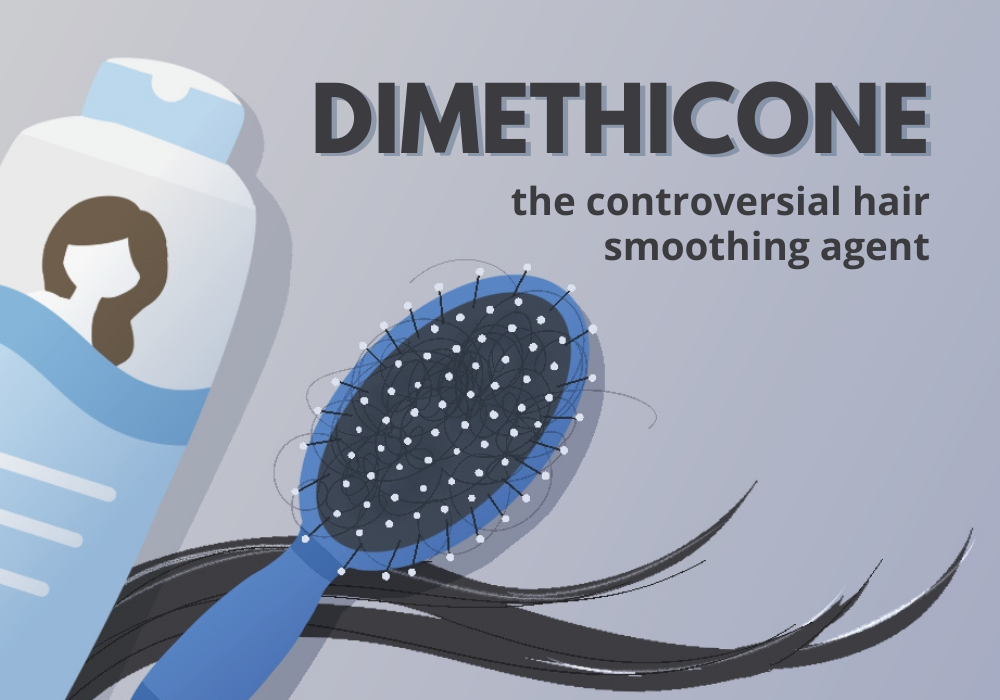
By Hien Bui and Britney Tran
As beauty consumers become more health-conscious and gravitate towards clean beauty, the concern about what goes into beauty products has ramped up, with many ingredients and companies coming under fire. The latest controversial ingredient is dimethicone, also known as dimethylpolysiloxane or PDMS, a silicone-based polymer found in almost every application that smooths or absorbs.
While dimethicone and other silicones have come under scrutiny for how their properties work on skin before, the latest concern around its usage in hair products arises from the class-action lawsuit around a hydantoin compound with similar properties.
You’d likely be hard-pressed to find a shampoo or conditioner in the hair care aisle that didn’t include the silicone in the ingredients list—it’s in almost everything everywhere. The products with models with shiny, silky hair on their packaging or advertising likely use dimethicone to achieve the effects they’re touting. In hair, dimethicone works as it does in skincare products, smoothing and giving strands that healthy, slippery appearance through adherence to any area it makes contact with.
Yet, as Cosmopolitan explains, “it’s this ‘gluing’ mechanism that can also cause problems in the long-run—dimethicone tends to quickly build up on your strands, preventing water from penetrating your hair cuticle, leaving your hair lank, dry, and damaged.”
Dimethicone can lead to product build-up and is generally not recommended for those with hair already in a relatively fragile state as the chemical can exacerbate the condition leading to possible hair loss. However, dimethicone is not uniquely worse for hair than the other silicones and should be used in moderation like all other hair products.
The smoothing agent has come under fire in recent months over its relation to (and, at times, the mistaken identity of) DMDM hydantoin, the aforementioned chemical embroiled in a lawsuit.
DMDM hydantoin is a formaldehyde releaser. Formaldehyde, a possible carcinogen, can be released when hair treated with DMDM hydantoin meets a high heat such as that of hair curlers or flat irons.
While the ruling of the suit and evidence of DMDM hydantoin’s effects on hair aren’t conclusive at the time of this article publication, DMDM hydantoin’s possible properties have little to do so far with dimethicone.
While being a conscious consumer can be a daunting task, it is important to pay attention to what goes into the products you directly use. With the United States trailing European and Asian nations in cosmetics safety, consumer research is paramount. Luckily, we can forgo making the distinction between dimethicone and DMDM hydantoin thanks to the emerging clean beauty market that’s oversaturated with products to replace all of our possibly cancer-causing go-to’s.





